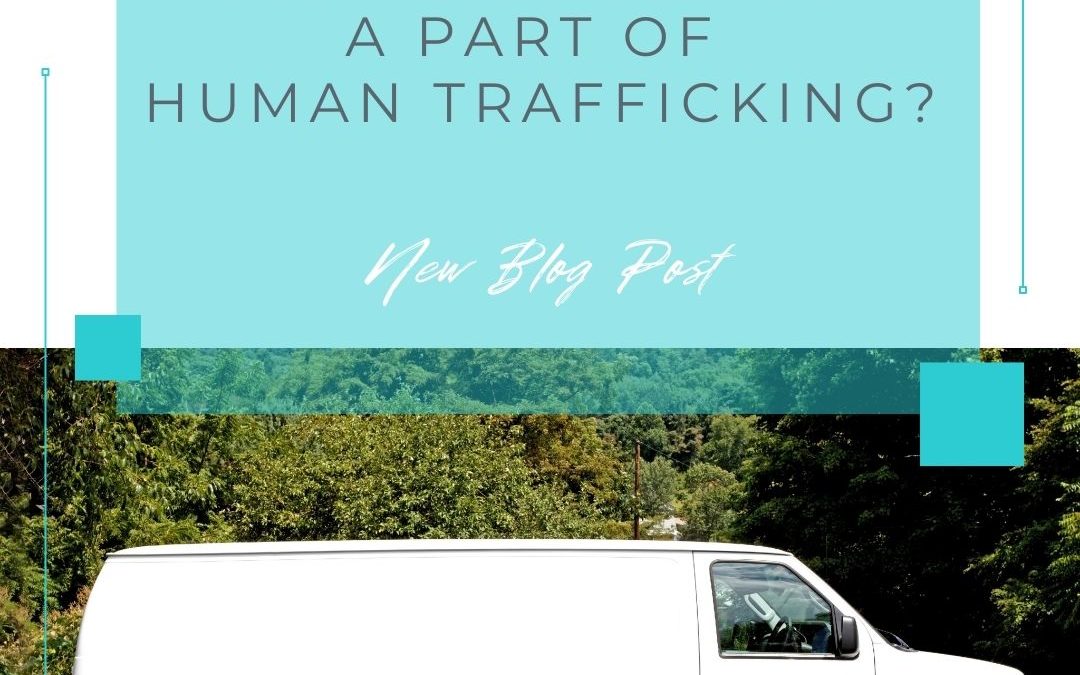We have all seen the social media posts warning about human trafficking happening right in our communities. While we are all for spreading awareness, we want to make sure that information is correct. Common posts include white vans waiting for victims in parking lots, traffickers putting location devices on people’s cars, and tying zip ties and other objects to people’s windshield wipers or mirrors.
Do Traffickers Use White Vans to Kidnap People?
While there are some cases of kidnapping in the human trafficking industry, it is rare. Most of the women and children we work with have never been abducted–or even transported–in a white van.
Traffickers are often more strategic than kidnapping from a white van in a parking lot. Rather than operating behind ski masks from the shadows, they are often in plain sight. Traffickers are rarely strangers that have kidnapped their victims; they build relationships with them first.
Filling and Exploiting Needs
Traffickers often use mind games and emotional manipulation to control their victims. They first assess what vulnerabilities, or unmet needs a potential victim might have. This could be a number of things, ranging from emotional neglect, poverty, addiction, previous abuse, and much more.
After assessing vulnerabilities , traffickers then work to fill that need. If it is emotional neglect, then the trafficker may take on the role of a loving boyfriend or friend. If the need is poverty, the trafficker begins to financially support them. When the need is addiction to drugs, they provide those drugs. Whatever the need is, the trafficker becomes the provider for that need. They make themselves essential to their potential victim’s life.
Once they have established themselves as a necessity, a trafficker will begin to exploit their victim. This can start out slow, with the trafficker promising it is “just this once” and that their victim owes them for everything else. Of course, it is never “just once.”
Manipulation and Coercion
A trafficker then utilizes physical, verbal, mental, and emotional abuse to keep exploiting their victim. By this point in the relationship, the trafficker has a tremendous amount of control over their victim. A trafficker is likely to be in charge of their victim’s finances, relationships, addictions, and overall safety.
This control makes it very difficult for victims to leave their abusers and traffickers.
Movie and Media Influence
Movies and media have portrayed trafficking in a way that we have found doesn’t match up with the majority of real survivor testimonies. In fact, most cases of trafficking do not start with a violent crime.
It is easy to repost social media posts about “new trafficking strategies,” and can even seem like the responsible thing to do. We want to keep our communities safe, but spreading misinformation can do more harm than good. The more misinformation that is out there, the harder it is to find the truth.
Before you repost, ensure that the information is coming from a reliable source. Don’t assume what you see in movies and television is what is happening in real-life situations.
Remember that trafficking rarely starts with a violent crime like kidnapping. This means that white vans are not public enemy number one. By educating our community with the truth of human trafficking, we are one step closer to eradicating it.

